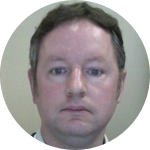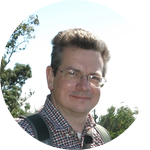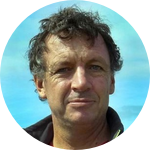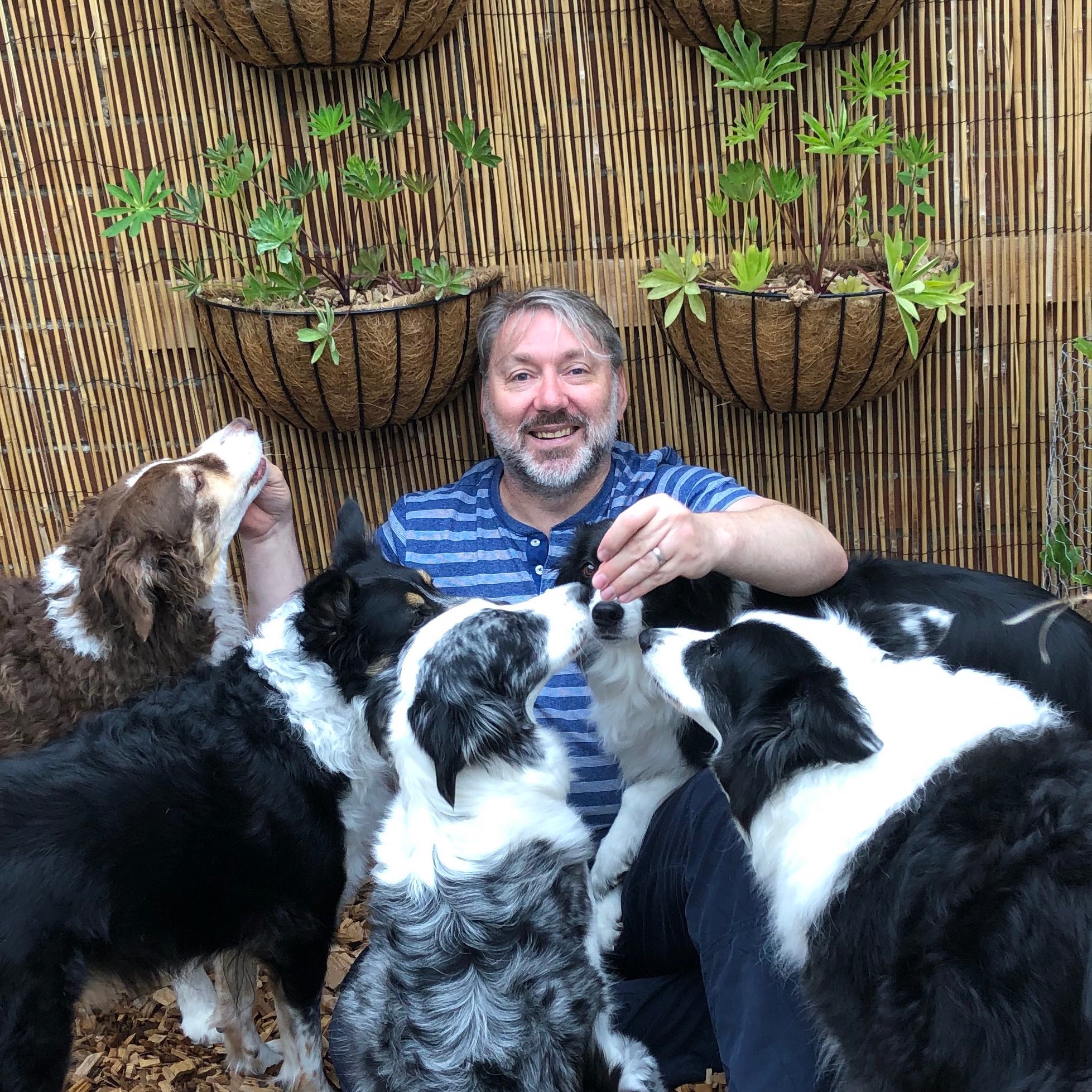About This Project
Coastal ecosystems are under environmental strain caused by nitrogen (N) loading by human activities such as agricultural waste. There are limited studies on marine N pollution around the UK. Fieldwork during the summer will collect tips of seaweed along the coast of northern England and Scotland. Nitrogen isotope analysis of the tips will be used to create a map of N sources. This will be first detailed study of its kind in the North Atlantic.
Ask the Scientists
Join The DiscussionWhat is the context of this research?
Coastal regions are one of the most important environmental ecosystems on Earth, both biologically and economically (e.g. fishing, tourism). Continued human activity has lead to coastal ecosystem strain through N loading, some of which are serious and, probably, irreversible. As a conscious society monitoring programmes need to be initiated, especially in the UK. Monitoring N pollution in the coastal environment relies on time-consuming and expensive analytical methods and analysis. N isotopes in macroalgae (seaweed) has been successfully used as a biomonitoring tool for detecting and quantifying N sources into the coastal region in Europe and North America. Only one major study exists for the UK, which looks at specific locations, and not regionally, in southeast UK.
What is the significance of this project?
Most marine ecosystems are N-limited, hence minimising algae and plant growth. Elevated N loading caused eutrophication, and a dynamic shift in the coastal ecosystem. Understanding N loading to the ocean is therefore very important in terms of understanding marine health. Macroalgae expansion has a dynamic impact on seagrass and hence, the fish nursery and feeding grounds. Determining the sources of N into coastal waters will help put in place action plans to limit or reduce N-related activities. An isoscape map of N isotopes around northern England and Scotland will be the first step towards the generation of a detailed UK coastal map of N loading and sources. Currently, there is coastal pollution monitoring programme in the UK, hence the timely nature of this research.
What are the goals of the project?
Traditional techniques for monitoring N loading is costly, time consuming and often inconclusive, whereas N-isotope analysis of the non-fertile tips of macroalgae is rapid, at low cost and can detect source changes accurately. Previous research of N loading has focused mainly on large rivers and estuaries in Europe. Sampling the non-fertile tips of macroalgae only requires a pair of scissors and a plastic vial or sample bag. After this study is complete, the next aim will be to enhance public interest and involvement, through the use of volunteers and local environmental groups to collect and send macroalgae samples to SIBL for analysis. This will hopefully cover all the UK. Community involvement is a key long-term goal to better understand N loading, seasonally and annually.
Budget
Fieldwork will be completed over a 4-week period in the summer of 2018. Many coastal sites will be sampled based on accessibility and presence of macroalgae (i.e. Fucus species) in coastal regions (Fig. 1). A camper van (e.g. motorhome) has been chosen as it reduces the costs associated with accommodation, and enables the samples to be refrigerated/frozen immediately after collection. All non-fertile tips of macroalgae (Fig. 2) will be recorded (e.g. photography and GPS) and seawater samples will also be collected and refrigerated - for future research with collaborators. Back in SIBL, macroalgae samples will be rinsed with de-ionised water, air dried at room temperature and sub-sampled for N-isotope analysis. It is anticipated that over 1000 individual macroalgae tips will be collected for isotopic analysis, and the remaining cost associated with the project will be covered by SIBL.
Endorsed by
 Project Timeline
Project Timeline
This project will be completed within a year of being funded. It is hoped that the initial fieldwork will take place during the summer of 2018. It would be ideal to do a winter sampling trip and other funding sources will be considered for this expansion to the project. The most time consuming aspect of the project will be associated with the cleaning, drying and archiving of macroalgae samples for isotopic analysis.
Feb 26, 2018
Project Launched
Oct 01, 2018
Complete the four-week fieldwork season to collect macroalgae from northern England and Scotland
Mar 20, 2019
Preparation of macroalgae samples for N-isotope analysis, weighing out samples for isotopic analysis and archiving remaining material
Apr 10, 2019
Isotopic analysis of macroalgae samples
May 31, 2019
Data analysis and construction of isoscape map of nitrogen isotopes
Meet the Team
Affiliates
Dr Darren R. Gröcke
Dr Darren Gröcke is the Director of the Stable Isotope Biogeochemistry Laboratory (SIBL) at Durham University. SIBL has state-of-the-art gas source isotope mass spectrometers that are used for the investigation of archaeological, geological, biological and environmental samples. Darren has worked on a diverse array of materials from modern kangaroos, mammoths, black shales, killer whales, river sediment, beetles, Medieval and Roman humans, charcoal and cereal grains. Darren has nearly 30 years of isotope experience and over 180 peer-reviewed international publications. SIBL has helped train many PhD, MSc and undergraduate students in isotope geochemistry – many of them continuing with an academic career or employed in environmental consultancy or other employment opportunities. Over the past eight years Darren has become very invested in using macroalgae as a tool for monitoring pollution in the marine environment. This has culminated in several papers on translocating seaweed, nitrogen isotope labelling of seaweed, and using seaweed to determine sewage pollution on two North Atlantic islands.
Lab Notes
Nothing posted yet.
Additional Information
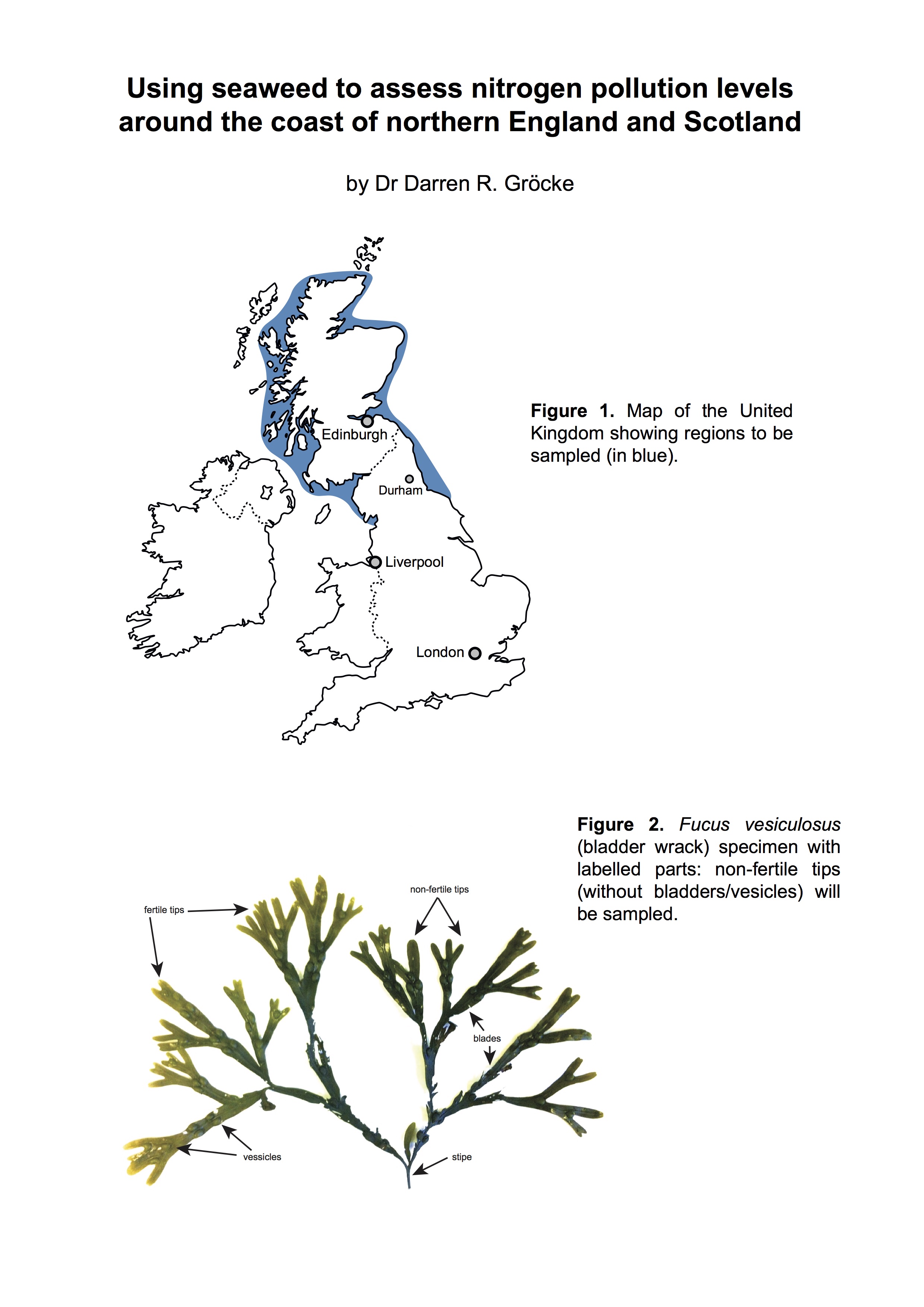
Project Backers
- 19Backers
- 100%Funded
- $4,420Total Donations
- $232.63Average Donation
